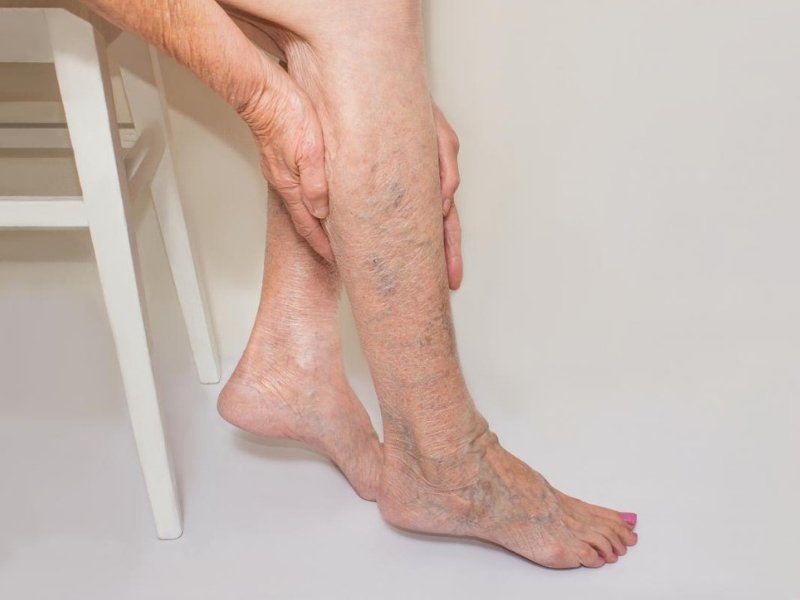Introduction
Varicose veins are expanded, twisted and hurtful veins that load up with blood. They generally build in the legs and are raised over the surface of the skin. They aren’t hazardous yet can cause distress. However, recent advancements have been created to eliminate varicose veins utilizing minor or noninvasive techniques. A noninvasive technique is non-surgical and doesn’t include instruments or gear that cut the skin or actually enter the body. Minimal invasive methods are performed by making minuscule entry points in the skin.
There are a few noninvasive or minimal methodology accessible for treating varicose veins. These include:
- Sclerotherapy
The objective of sclerotherapy is to eradicate varicose veins by infusing them with a solution called a sclerosant. The sclerosant impairs the vein and makes it collapse, navigating blood to reroute to better veins. Your body, at last, destroys the veins, and they vanish over time. The sclerosant solution employed is known as sodium tetradecyl sulfate. This sort of technique is ordinarily used to treat minor varicose veins found near the exterior of the skin called spider veins and to improve the look of the leg.
A foam sclerotherapy technique includes transforming the sclerosant into a foam prior to infusing it into the vein. This interaction is utilized for more extensive veins since foam can cover a bigger surface region than fluid.
- Radiofrequency Ablation
In this technique, radio waves, likewise called radiofrequency energy, are transferred through the vein wall. Your PCP will numb the vein, utilize an ultrasound to watch inside the leg, and afterwards pass a wire catheter along the vein to assign radiofrequency energy along the vein’s wall. Typically, this catheter will move from the knees to the crotch.
The vein wall will warm up, thicken, and contract, and in the long run, be reabsorbed by the body and vanish. It might require half a month or a few months to see the full after effects of this method.
- Endovenous Laser Ablation
Laser removal is like radiofrequency removal; with the exception of it utilizes laser energy instead of radiofrequency energy. The laser fibre is embedded into the catheter, moved to the vital area, and laser energy makes the vessel close due to heat. The vein will, in the end, contract and be reabsorbed by your body over the long run. Radiofrequency and laser treatment are regularly used to treat the more deep veins of the leg.
When will the noninvasive treatment might be proposed by a vein specialist:
- When your self-care treatment is not being effective.
- When the appearance of your leg is causing you emotional trouble.
- When you experience any torment or cramping.
- When blood clusters are forming more often.
- Due to the occurrence of phlebitis.
- When sores or ulcers form.
- When the fatty tissue under your skin solidifies because of blood pressure from the vein, which is known as lipodermatosclerosis.
Under the circumstances, as mentioned earlier, expert varicose veins doctors in Thane would be the right people to discuss your problem with.
Conclusion
Due to the technological development in the treatment of varicose veins, we have effective noninvasive methods that are especially beneficial for pregnant women. However, varicose vein laser Thane treatment is more effective, but it is not preferred due to the potential risk involved during pregnancy.




